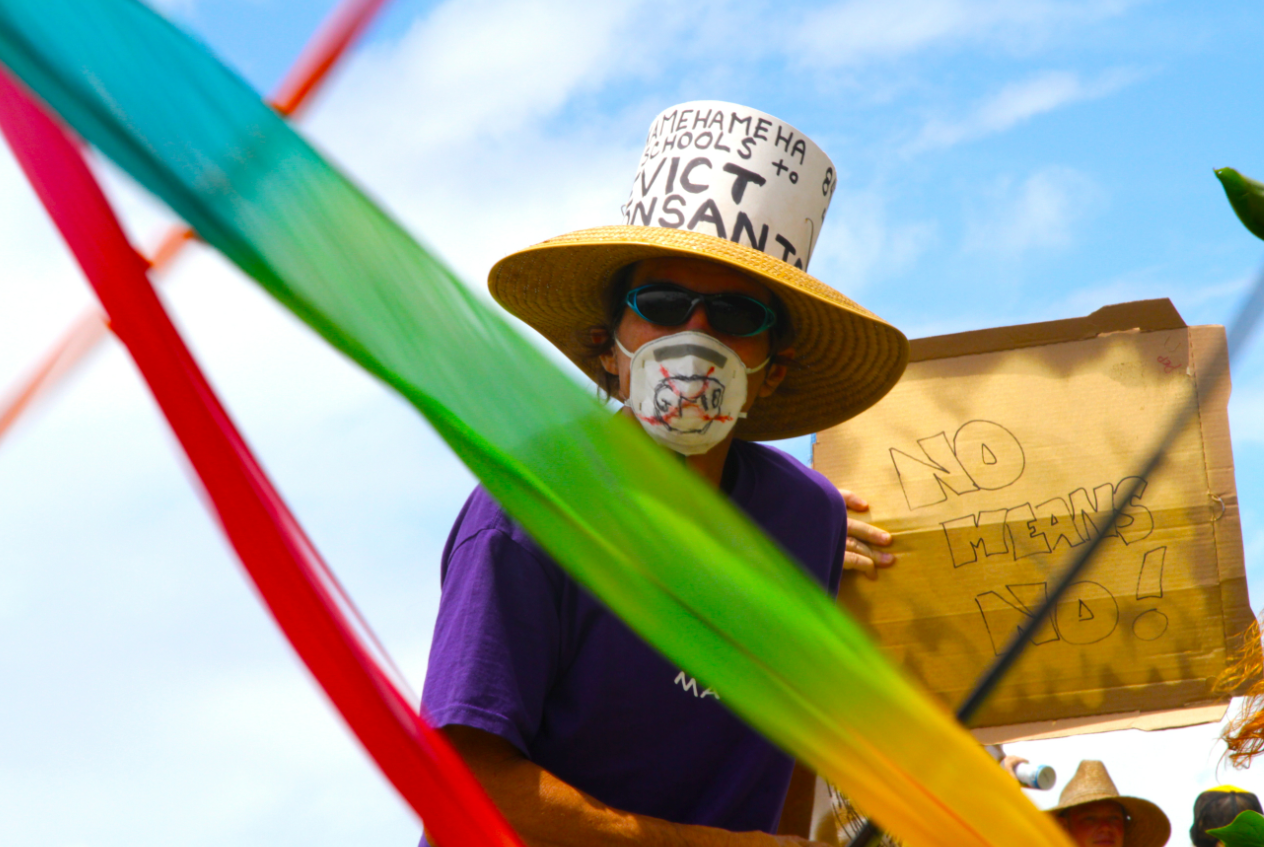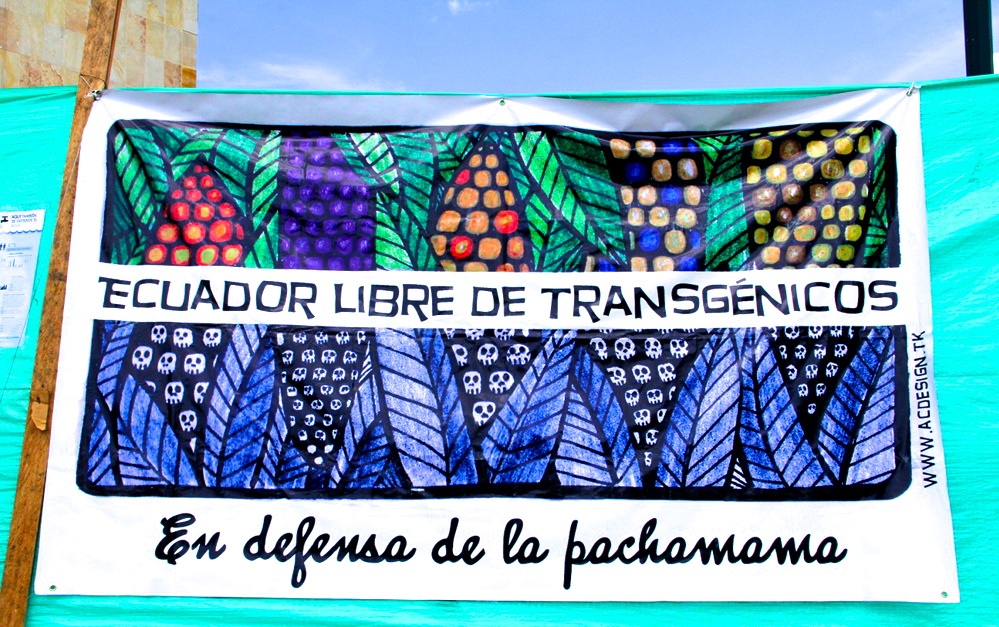Following the two-million-strong global March Against Monsanto in May, citizens worldwide are gearing up for the second stage showdown next Saturday, October 25, when some 3.5 million people in more than 350 cities are expected to turn out in opposition to the GMO giant. In Europe especially, the move to ban GMOs has accelerated quickly in recent months.
There are more than a dozen countries, led by Poland and Italy that have now banned GMOs, with Europe being the way-shower for the rest of the world. Sadly, even with the defeat of the Monsanto Protection Act, there is much to be done in the US and elsewhere to ensure that genetically modified foods, the crops that are poisoning our bodies, our land and our agricultural bottom line, are soon nothing but a bad dream.
There are currently bans on GMOs in four different regions in Italy, as well as 25 different provinces. Tuscany, Molise, Lazio, and Marche said no to GMO and cities like Rome, Milan and Genoa did as well. Italy was indeed a trailblazer, at the same time that the Indian government was saying no to GMO-patent requests.
Earlier this year, Poland became the 8th member of the EU to ban the cultivation of GMO crops along with Austria, France, Germany, Hungary, Luxembourg, Greece and Bulgaria. Concerns that GMO crops would harm organic crops and untainted honey were part of the reasons sited by the Polish Agriculture Ministry.
The reason why GMO still holds strong within governmental policies in the US, Mexico, Africa and elsewhere may very well have to do with the money that is poured into special interest coffers while the EU has more independent agencies overlooking government connections to Monsanto.
Just beyond our borders, Bill Gates’ money, to the tune of more than $25 million was injected into what has been dubbed the “green revolution; which is nothing more than a cluster of biotechnology labs at the International Maize and Wheat Improvement Center in Mexico. This was part of an overall plan to export GMO to developing nations. While this may seem like a purely benevolent and philanthropic endeavor at first blush, it seems that sending "aid" in the form of GMO seed and GMO food wasn’t what developing nations really wanted.
Zambian President Levy Patrick Mwanawasa raised some brows when he banned genetically modified foods from entering Zambia, even in the form of famine aid. Most of the repudiations to his actions were from western countries, who are strongly aligned, at least politically, with Monsanto and GM companies. Even if GM food is edible to the starving masses, people understand the long term ramifications of letting these crops into their ecosystems and food circles. While some point to Mwanawasa’s insensitivity to his people’s food needs, others champion his strong denial of continuing the GM monopoly in his country.
Even though our senate, thankfully, has killed the Monsanto Protection Act, Monsanto continues to fight the overwhelming desires of the public – namely to not consume, grow, or perpetuate GM crops – with a seemingly endless bank account. The good news is that their stock started to plummet in June based on higher seed-production costs (largely due to their engineering, I might add) and should only continue to fall after being outwitted by grassroots activism in the US Senate.
Hopefully these types of efforts and the growing enthusiasm of GMO activists will help the tenuous anti-GMO platforms currently being developed around the globe:
Australia
This country struggles to oust GM food from their supply. Numerous crops, from cotton, soybeans, canola oil, sugar beets, soy, potato, pineapple, papaya, to wheat and barley, are currently being grown in the Land Down Under. Labeling laws are spotty and currently allow companies to include up to one percent of GM organisms in any food without labeling it, as long as they are there "by accident." Even though it was two Australian scientists who published the first long-term study of GMO on pigs, regulators are still pushing GM crops.
Mexico
Mexico does not currently have any GMO-free zones, but people have recently taken to the streets to demonstrate against GMO takeovers. This, while Dupont, Dow and Monsanto, the Multinationals with big political support, threaten to plant more than 3 million acres of GM maize.
South America
South Americans are developing strong resistance against the GMO giants, and it is becoming more widespread. One third of the 134 million hectares of Genetically Modified Organisms (GMO) planted globally in 2009, were in South America; however, Brazil and Argentina, along with other South American countries are gaining traction in their GM-free endeavors.
Canada
Canada still has thousands of acres of GM crops. Greenpeace Canada, and other activist organizations are helping to spread the non-GMO message, and advocating interim measures until real testing of the long-term effects of GM can be established.
Asia
The Philippines have been called the most GM friendly country in Southeast Asia, even though last August over 400 farmers uprooted GM ‘golden rice.’ Some say this was supposed to be answer to Vitamin A deficiency, but it turns out you’d have to eat more than two dozen bowls to get one RDA allowance of Vitamin A, and many are saying it is also a GMO Trojan Horse.
There is still much work to do, even with our recent success in the US, with the defeat of the Monsanto Protection Act – a sneaky caveat written into "urgent" legislation (thanks to Roy Blunt) that would have given Monsanto and other companies legal immunity, and stopped the federal courts from stripping the company of their right to plant poison food any longer.
We can look to the courageous acts of several European nations who didn’t think twice about compromising their food supply and other stalwart actions by those around the world who decided a few biotech companies shouldn’t have the explicit permission to foul our food as we continue to take back our birth right – good, nutritious sustenance.
3 WAYS TO SHOW YOUR SUPPORT
- Log in to post comments















